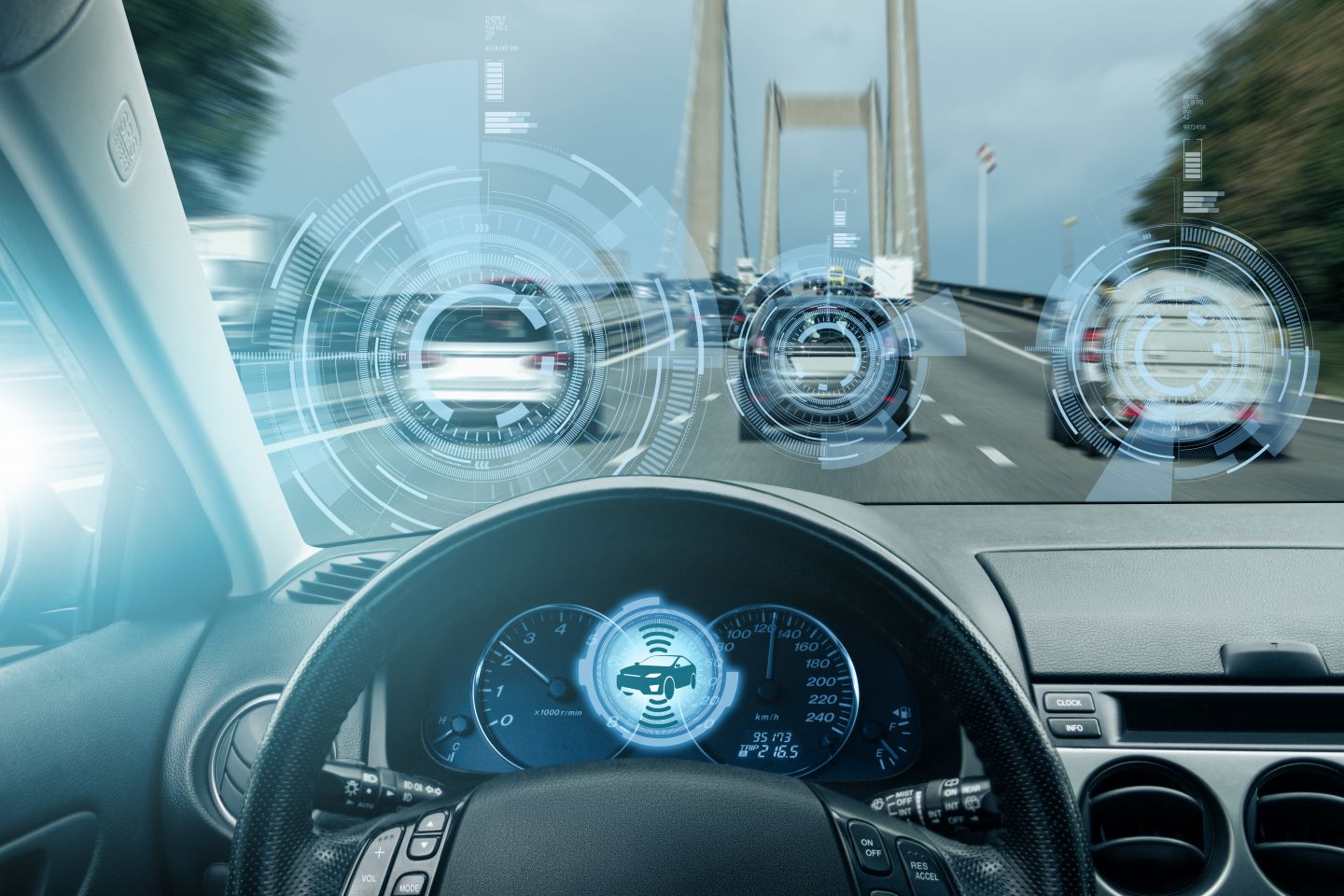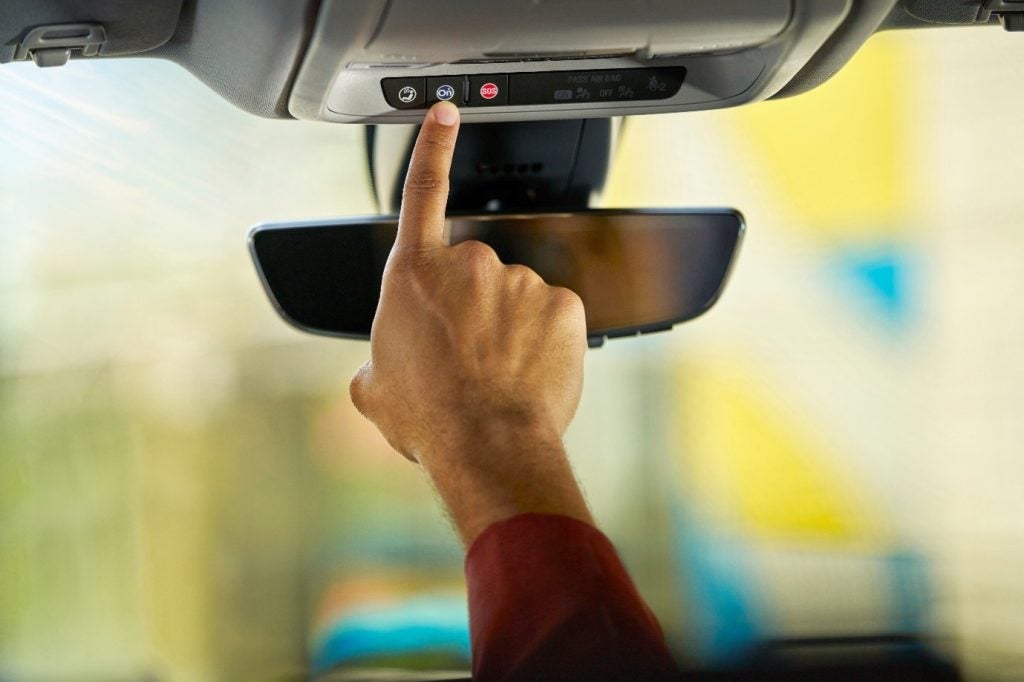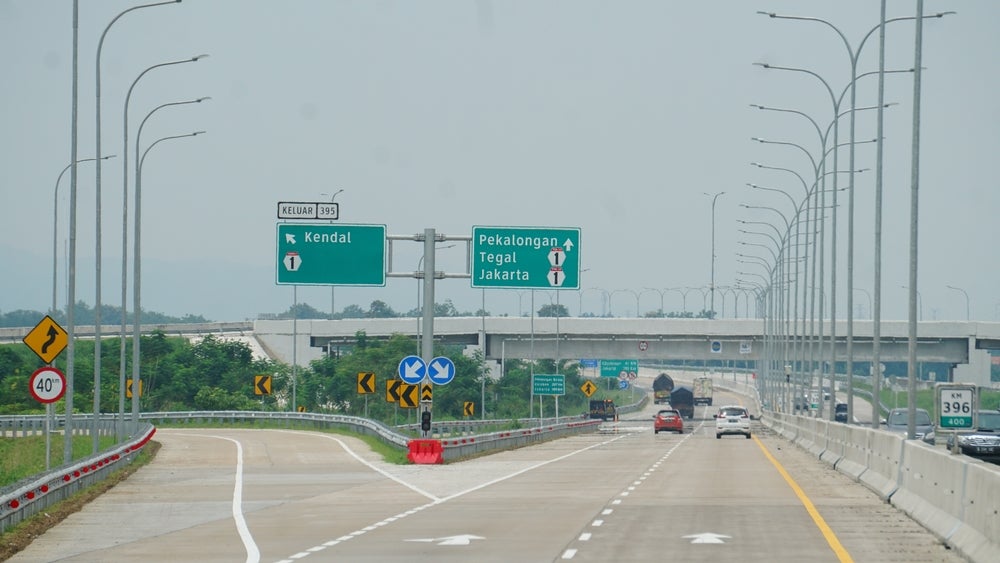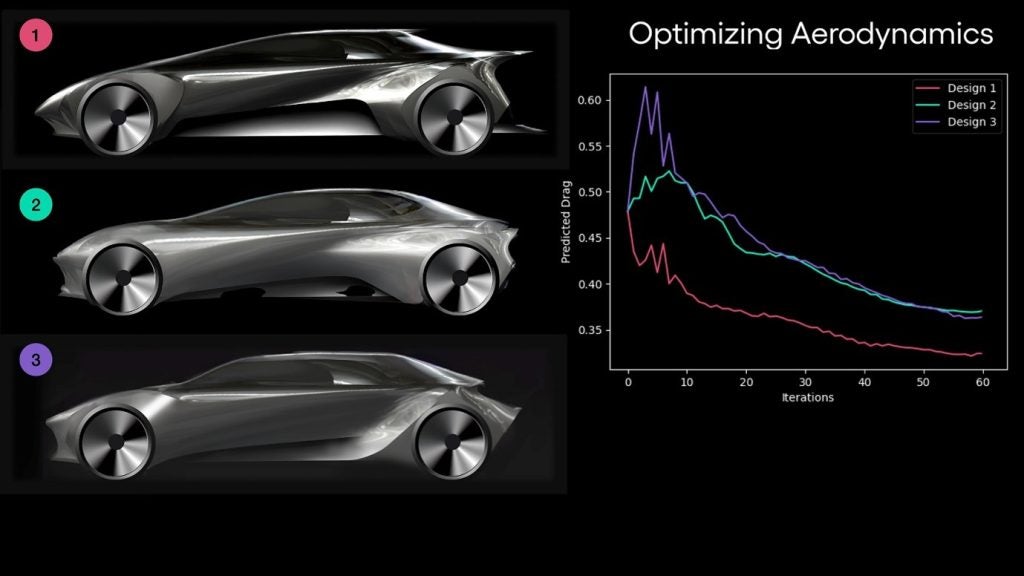
In the past, improvements in vehicle safety have been largely driven by regulation. However, consumer pressure and a desire to gain an advantage in the wider market are now providing a greater incentive. By capitalising on groups such as first-time drivers, the elderly, or less confident groups of drivers companies have strong financial incentives to make significant advances in AI-enhanced driver assistance and hazard detection systems to support motorists. The advances in AI have opened a new space for original equipment manufacturers (OEMs) to gain a competitive edge in the market.
In an industry where brand alliance and association are strong, leading manufacturers should be investing significantly into advancing their vehicle safety features to differentiate their product range and attract new customers.
AI is vital for vehicle safety
AI plays a vital role in enhancing vehicle safety through advanced driver-assistance systems (ADAS). AI algorithms have enabled features such as collision detection, lane departure warnings, adaptive cruise control, and pedestrian detection. These ADAS systems help drivers to detect potential hazards and mitigate risks, thereby reducing the likelihood of accidents and improving overall road safety for both drivers and pedestrians. AI enables real-time data analysis from various sources such as sensors, cameras, and connected vehicles to detect patterns. Through this, vehicles can identify potential risks and provide actionable insights to improve safety. For example, AI can analyse data to detect driver fatigue, distraction, inebriation, or aggressive behaviour, alerting drivers or taking corrective measures.
AI is also at the core of autonomous vehicle development, and autonomous vehicles such as robo-taxis promise to improve road safety and transportation accessibility. Self-driving cars rely on AI algorithms to perceive the surrounding environment, make decisions, and navigate safely. By minimising human error, autonomous vehicles have the potential to significantly reduce accidents caused by human factors, making roads safer for everyone.
Proactive monitoring will reduce breakdowns
AI-powered predictive analytics algorithms also monitor vehicle performance, detect anomalies, and predict potential failures or maintenance needs. This proactive approach allows manufacturers, transportation-as-a-service (TaaS) fleet owners, and private vehicle owners to address maintenance issues before they become critical, improving overall safety by reducing the risk of breakdowns or parts failures on the road.
Meanwhile, vehicle simulations and testing platforms that use AI to generate scenarios based on real data or simulate real responses allow manufacturers to evaluate vehicle safety in a virtual environment before physical prototypes are built. These simulations enable extensive testing scenarios, assessing the safety performance of vehicles in various conditions and scenarios. This helps identify potential safety issues and refine designs, reducing the risks associated with real-world testing.
Companies are also investing in analyzing the data collected from their vehicles, particularly when these vehicles are involved in accidents, near misses, and hazardous road conditions. This will help them to help identify trends, develop safety standards, and improve overall road safety.
Collaboration between manufacturers, regulatory bodies, and research institutions is vital to enable the sharing and analysis of data and identify changes to road layouts and construction that can improve the safety and efficiency of road networks. Many of these companies are working with AI facilitates to help identify trends and changes that can be made.




